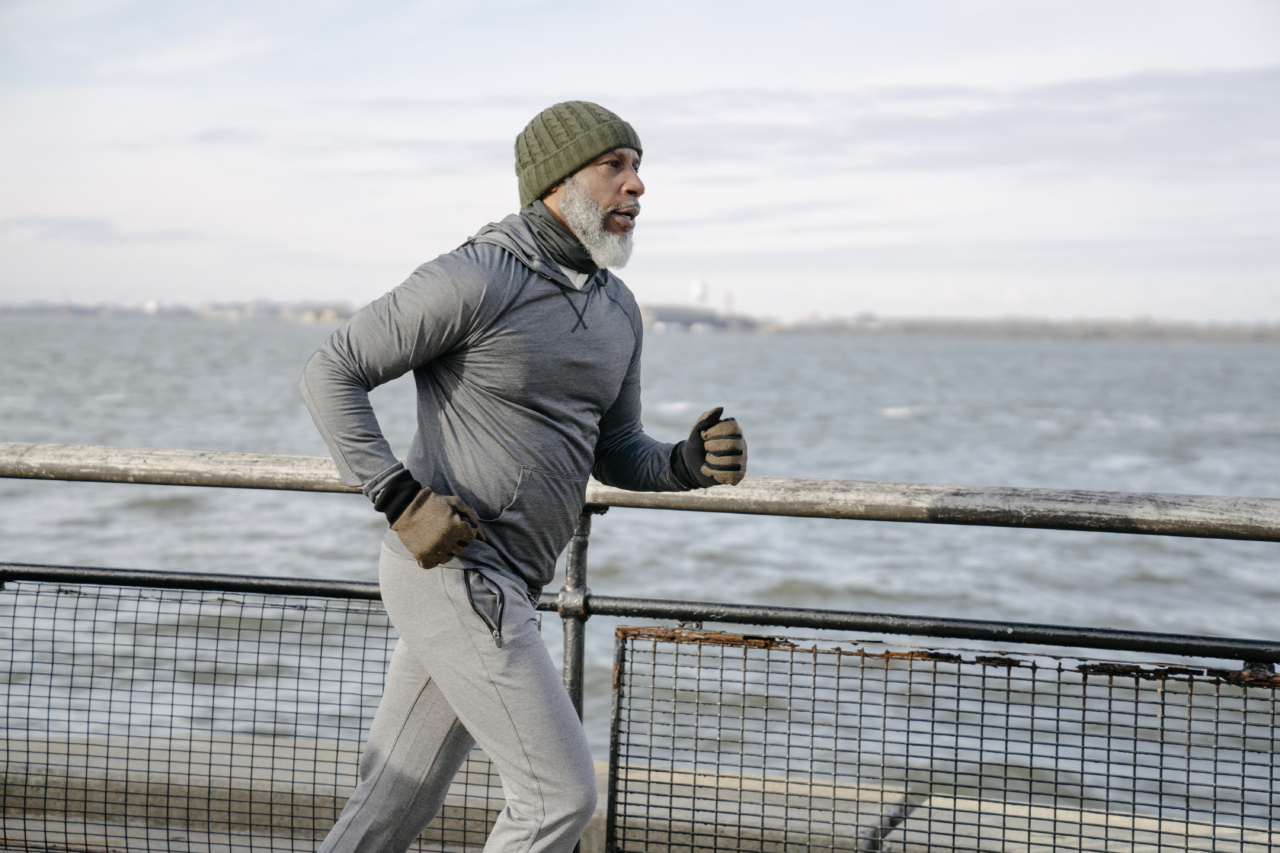As we age, our bodies undergo a multitude of changes. These changes can bring about various physical limitations that can impact our day-to-day lives.
It is essential to understand and adapt to these limitations to maintain a good quality of life as we grow older.
1. Decreased Muscle Mass and Strength
One of the most noticeable effects of aging is the loss of muscle mass and strength. This can lead to decreased mobility and balance, making it more difficult to perform simple tasks like climbing stairs or lifting heavy objects.
Regular exercise, particularly resistance training, can help slow down muscle loss and maintain strength.
2. Reduced Bone Density
As we age, our bones lose density and become more fragile, increasing the risk of fractures and osteoporosis.
Engaging in weight-bearing exercises and ensuring an adequate intake of calcium and vitamin D can help maintain bone health and reduce the risk of fractures.
3. Declining Joint Flexibility
Joints naturally become stiffer with age due to changes in the cartilage and synovial fluid. This can limit range of motion and make activities like bending or reaching more challenging.
Regular stretching and low-impact exercises can help preserve joint flexibility and reduce stiffness.
4. Slowed Metabolism
As we get older, our metabolism slows down, resulting in a decrease in energy expenditure and potentially weight gain.
Maintaining a healthy diet and engaging in regular physical activity can help mitigate the effects of a slowed metabolism and manage weight.
5. Changes in Vision and Hearing
The aging process often brings changes in vision and hearing. Visual acuity may decline, making it harder to read small print or drive at night. Hearing loss can make it challenging to follow conversations or hear alarms.
It is important to have regular eye and hearing exams to detect any issues early on and seek appropriate interventions.
6. Cardiovascular Changes
The cardiovascular system undergoes changes with age, including reduced elasticity of blood vessels and decreased heart efficiency. Blood pressure may increase, and the heart may have to work harder to pump blood effectively.
Regular cardiovascular exercise and a heart-healthy diet can help maintain cardiovascular health.
7. Decreased Respiratory Function
As we age, lung capacity and respiratory function decline. This can lead to shortness of breath and reduced tolerance for physical exertion.
Engaging in regular aerobic exercise and avoiding exposure to environmental pollutants can help maintain respiratory health.
8. Cognitive Decline
Aging is commonly associated with cognitive decline, including memory loss, reduced processing speed, and difficulties with attention and problem-solving.
Regular mental stimulation, such as puzzles, reading, or learning new skills, can help maintain cognitive function.
9. Balance and Coordination Issues
Loss of muscle strength, reduced joint flexibility, and changes in sensory perception can contribute to balance and coordination problems in older adults.
Engaging in balance-enhancing exercises, such as yoga or tai chi, can help improve stability and reduce the risk of falls.
10. Increased Risk of Chronic Conditions
As we age, the risk of developing chronic conditions such as heart disease, diabetes, and arthritis increases.
Leading a healthy lifestyle that includes regular exercise, a balanced diet, and regular medical check-ups can help prevent or manage these conditions effectively.































